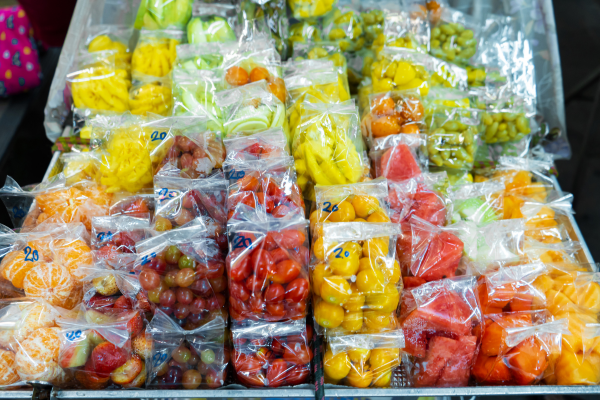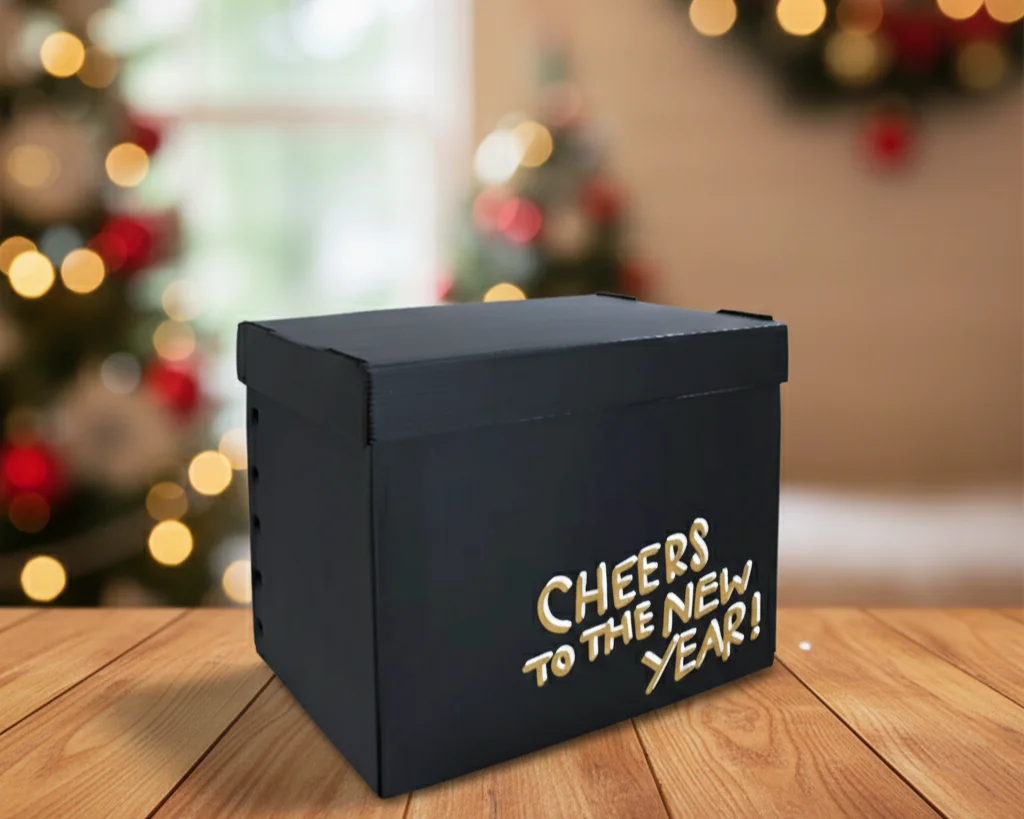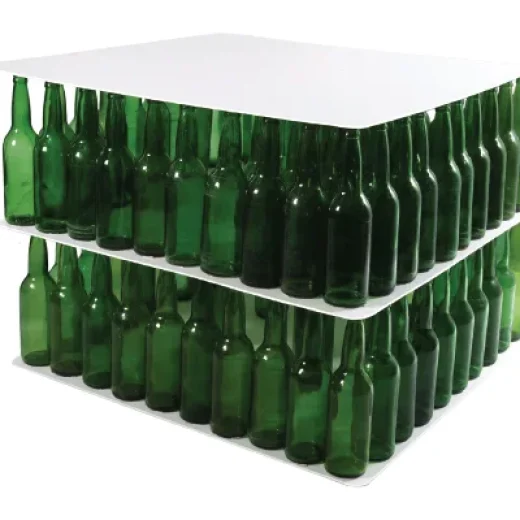For food business owners, packaging isn’t just about cost—it’s about quality, safety, and long-term brand perception. This article dives into the advantages and disadvantages of using plastic to pack vegetables, its long–term risks, and an alternative—durable, eco–friendly packaging.
🛍️ Why Plastic Is Commonly Used for Vegetable Packaging
Across both traditional and modern supply chains, plastic remains the top choice for vegetable packaging. That’s no surprise—it’s lightweight, flexible, and cost-effective. But with growing environmental awareness and sustainability demands from consumers and regulators, reliance on plastic is being questioned.
As of July 2024, Indonesia’s National Research and Innovation Agency (BRIN) reports a total waste volume of 31.9 million tons—11.3 million tons of which are not properly managed. Conventional plastics, including laminated polypropylene, play a major role in this problem.
Enter ALVAboard, a hollow-structured polypropylene (PP) board that’s not only lightweight and waterproof, but also strong, recyclable, and offers better airflow—making it ideal for agricultural and logistics sectors seeking efficiency, sustainability, and packaging quality.
✅ Pros of Plastic for Vegetable Packaging
- Low Cost & High Availability
Conventional plastics like polyethylene (PE) and polypropylene (PP) are widely available affordably—making them a popular choice for both small and large food businesses. - Lightweight & Flexible
Plastics are easy to transport, reducing logistics costs, and work well with manual or automated packing lines. - Effective Barrier Properties
Laminated plastics block moisture and oxygen—keeping ideal humidity and reducing microbial contamination. - Clear Packaging for Product Appeal
Transparent plastic lets consumers see inside without opening the package, boosting trust and speeding up purchasing decisions.
❌ Cons of Plastic Packaging
- Environmental Impact
The OECD reports that only 9% of global plastic waste is recycled, 19% is incinerated, 22% is unmanaged, and the remaining 49% ends up in landfills—posing serious environmental and health risks. - Low Permeability
Vegetables are living products post-harvest and require airflow. Low-permeability plastics can cause rapid spoilage by trapping moisture. - Potential Brand Damage
While cheap, non–food-grade or non–eco plastics can damage brand perception—especially for companies aiming for a premium or eco-conscious image. - Chemical Migration Risk
Non–food‑grade plastics used with damp or warm vegetables may leach harmful chemicals.
🔍 Long-Term Risks of Plastic Vegetable Packaging
- Increasing Regulation
Indonesia aims for a 30% reduction in waste and 70% processing by 2025, with restrictions starting to phase out single-use plastics like bags, straws, and foam containers. - Consumer Preference Shift
Gen Z and Millennials are embracing sustainability, willing to pay more for eco-friendly products. Plastic packaging may alienate this key consumer base. - Hidden Costs
Mismanaged plastic waste can drive up operational costs through disposal fees, repackaging, or regulatory penalties—eating into profit margins.
🌱 ALVAboard: A Sustainable Packaging Alternative
- Reusable & Washable – Durable, cost-effective, and easy to clean
- Food-Grade & BPA-Free – Safe for contact with vegetables and other fresh food
- Strong & Moisture-Resistant – Ideal for high-moisture produce
- Print-Friendly – Professional branding and labeling made easy
- 100% Recyclable – In line with ESG practices and environmental regulations
📌 Don’t Miss INAGRIMAT 2025!
Visit our booth at INAGRIMAT 2025, July 17–19 at ICE BSD. Meet the team, see live demos, and explore how ALVAboard can elevate your fresh produce packaging strategy.
📍 Event Details: https://inagrimat.com
📋 RSVP: https://lnk.ink/ALVAboard
🎁 Download our FREE guide:
“2025 Food Packaging Strategies” — packed with market insights, packaging efficiency tips, and success stories.
💬 Questions or looking for packaging advice?
Message us on WhatsApp at +62 877-9310-2838
🛒 Explore ALVAboard products on Tokopedia, Shopee, and TikTok Shop.



